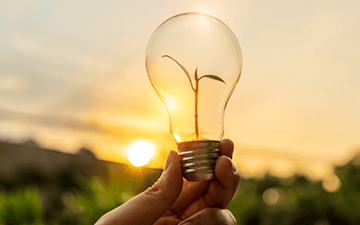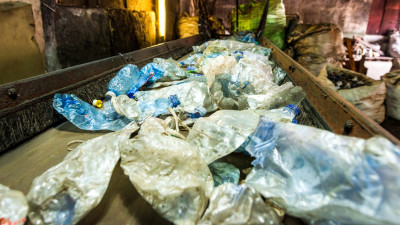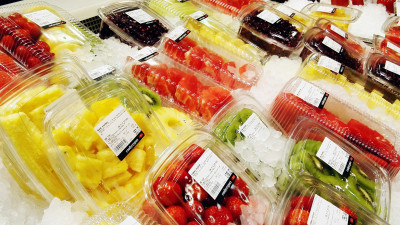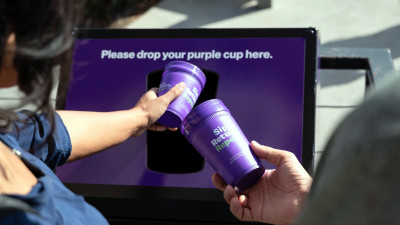In light of this year’s Flint, Michigan water crisis and massive methane leak in Porter Ranch, California, along with increasing awareness of manmade toxicities in our environment, consumers are looking for better tools to control their health and be better armed for knowing and controlling what goes into their bodies. Enter MyDx — aka “My Diagnostic” — a portable analyzer that acts like an electronic nose to measure and detect chemical molecules in vapor.
With 'Electronic Nose' Nanotechnology, We Can Analyze Safety, Chemical Composition of What We Consume
In light of this year’s Flint, Michigan water crisis and massive methane leak in Porter Ranch, California, along with increasing awareness of manmade toxicities in our environment, consumers are looking for better tools to control their health and be better armed for knowing and controlling what goes into their bodies.
Enter MyDx — aka “My Diagnostic” — a portable analyzer that acts like an electronic nose to measure and detect chemical molecules in vapor.
According to its website, the device “leverages the latest in electronic nose nanotechnology to accurately measure chemicals of interest in nearly any solid, liquid, or gas sample, anywhere, anytime.”
MyDx was founded by Daniel Yazbeck, a former Pfizer scientist and Panasonic technology and market developer, with a mission to “empower you to live a healthier life by revealing the purity of what you eat, drink & inhale in the palm of your hands and in real time.”
With perfect timing to coincide with the explosive cannabis market, MyDx also just inked its first major distribution deal for its CannaDx sensor with Nanolux Technology, valued at over $4 million.
“Having just launched a revolutionary new consumer technology just a few months ago, this Agreement represents a major success in our commercialization strategy by penetrating the grower market nationwide,” Yazbeck said of the deal. “It will serve to build brand awareness and value on the ground, while the cash flow funds completion and commercialization of the next-generation MyDx Analyzer sensors in our development pipeline.”
How can one device measure things as disparate as water toxicity and cannabis THC levels? As the website explains, the technology is engineered to detect molecules in vapor. The sample that is placed in the MyDx device is analyzed by multiple sensors, exposing the chemicals that are present.
The company says CannaDx is able to quantify THC to within 20 percent of conventional gas chromatography (GC) instruments; its subsequent-generation devices and sensors will reportedly target a marginal error rate within 5 percent of GC values.
As for the implications for brands of this shift to more personalized power for chemical detection by consumers, Yazbeck told us: “Major brands need to know that consumers can now trust and verify what they are buying and hence they better make sure their quality control processes are verified.”
We asked Yazbeck about the risks and/or advantages in putting this kind of power in the average consumer’s hands.
“The advantage is empowering people to make more informed decisions, to trust & verify for themselves the chemicals in what they eat, drink & inhale,” he said. “The risks are, people might become less trusting (than they already are) and will start depending more on their own testing than that of the EPA, FDA, or other regulatory bodies who are supposed to regulate the safety and potency of what we eat, drink and inhale.”
Next up, MyDx’s R&D department is working on three other sensors: OrganaDx, to measure levels of pesticides in foods we eat; AquaDx, which detects the presence of harmful chemicals in water such as mercury and lead; and AeroDx, for air quality.







